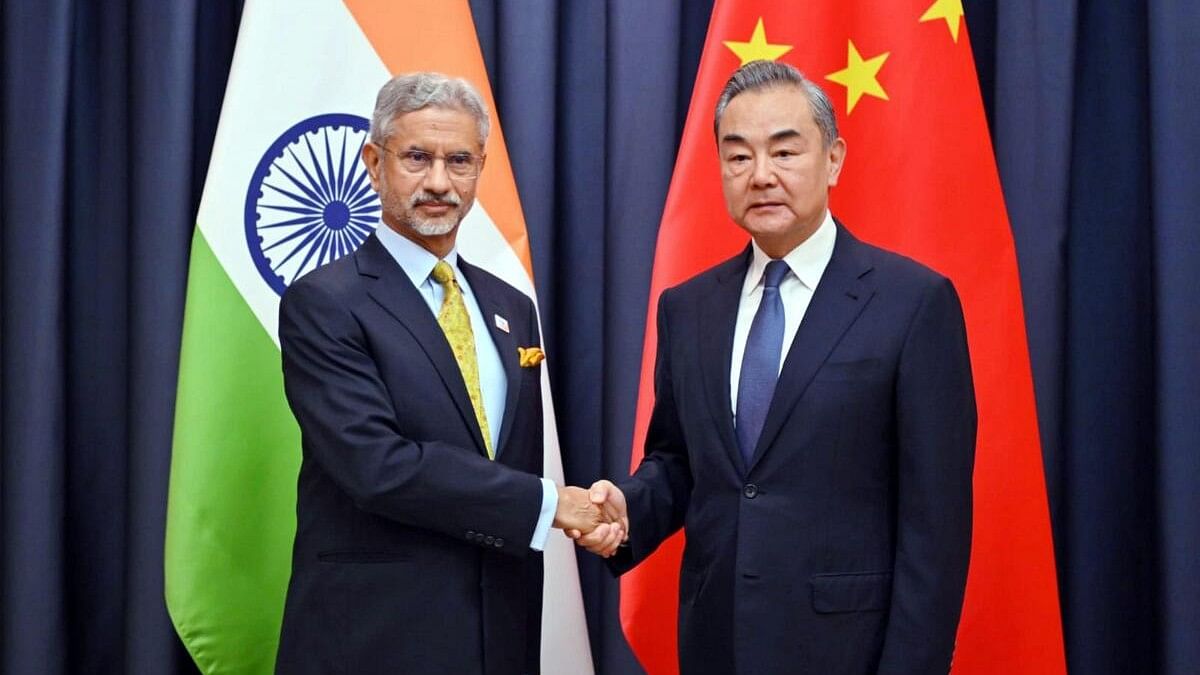
External Affairs Minister S Jaishankar meets his Chinese counterpart Wang Yi during a meeting, in Astana.
Credit: PTI Photo
The talks between External Affairs Minister S Jaishankar and Chinese foreign minister Wang Yi on the sidelines of the Shanghai Cooperation Organisation did not yield any breakthrough on the border issue, nor was there any expectation of one. With no high-level political dialogue since 2020, meetings on the sidelines of multilateral conferences between ministers can do little other than keep lines of communication open. Jaishankar and Wang met earlier in the year at the Munich Conference. Several other such pull-asides have taken place, at all of which the two sides have tended to talk past each other. It was the same in Astana, where the July 4 Jaishankar-Wang meeting produced two separate views on the border situation. The MEA readout said Jaishankar “highlighted the need to redouble efforts to achieve complete disengagement from the remaining areas in Eastern Ladakh and restore border peace and tranquillity in order to remove obstacles towards return of normalcy in bilateral relations”. The Chinese foreign ministry readout for Wang makes no mention of Eastern Ladakh, where the Chinese incursions in 2020 led to a military standoff. Since then, although bilateral trade has flourished to China’s advantage, political ties have remained frozen. Wang sought to cast the border dispute in more general terms, and ignored the Indian conditionality of resolving the situation in Eastern Ladakh for normalising ties.
Since the last round of disengagement, which took place in September 2022 from Patrolling Point-15 in the Gogra-Hot Springs area of Eastern Ladakh, China has held fast to the position that the differences in that part of the Line of Actual Control have been sorted out. Six more military-level talks have been held since, with the 22nd round in February. However, the Chinese have shown no interest in resolving PLA incursions in the strategic Depsang Plains and in Demchok. Moreover, the PLA build-up of troops and infrastructure on its side of the entire LAC has continued unabated, and led to a build-up on the Indian side, with the Indian Army now permanently deployed at forward positions in Eastern Ladakh.
The best that can be said is that both sides have agreed to keep talking. Here too, the Chinese side’s non-committal language stands out. India said the two sides agreed to an “early meeting” of the Working Mechanism on Consultation and Coordination to resolve outstanding issues in Ladakh. The Chinese statement simply says the two sides had agreed to work “towards stability in the border area”, and hold consultations as soon as possible. The distance between the two sides continues to be great, and is unlikely to be bridged any time soon. The tensions in the relationship look set to continue.